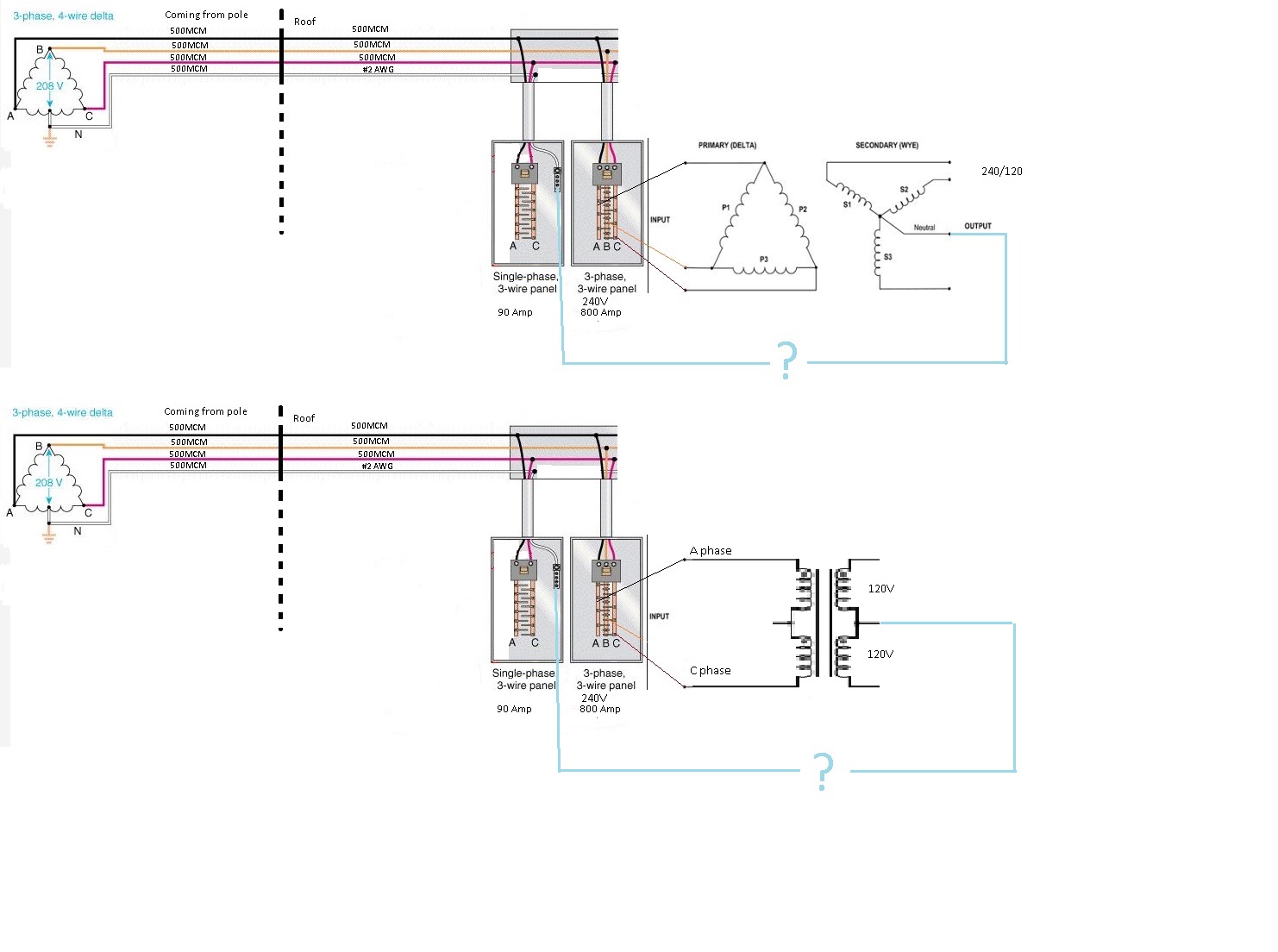You are exactly correct for normal installation practices. I was reading between the lines because of the way he asked his question, worried about the voltage difference between the transformer secondary neutral and the primary neutral. I guess I didn't do a very good job of making that clear.
(repeating for the benefit of the op) With a normally installed transformer the secondary terminals are completely isolated from the primary. You then (generally) ground the secondary neutral, but you don't connect any other terminals from secondary to primary, so no current flows from secondary to primary. There is no voltage difference between secondary neutral and primary neutral because the _single_ secondary grounding connection is what _defines_ the secondary neutral voltage. Phase current doesn't come from your service, it comes from this transformer. Neutral load current doesn't return on your service, it goes back to this transformer. Power used on the secondary shows up as power supplied by the primary phase conductors, with no primary neutral current.
The only situation in which you are worried about the difference between secondary neutral and primary neutral voltage is in an autotransformer situation, and this is not limited to 'buck/boost' transformers. A 'zig-zag grounding transformer' is a type of autotransformer used to derive a neutral point for an ungrounded delta. If you had a grounded wye service, and connected a zig-zag grounding transformer, then in theory the zig-zag derived neutral would be at the same voltage as the supply neutral, and you could connect the two, and the zig-zag transformer would 'support' the neutral. In practice this would be a horrible installation; with the zig-zag transformer injecting current into the neutral trying to compensate for any phase imbalance.


